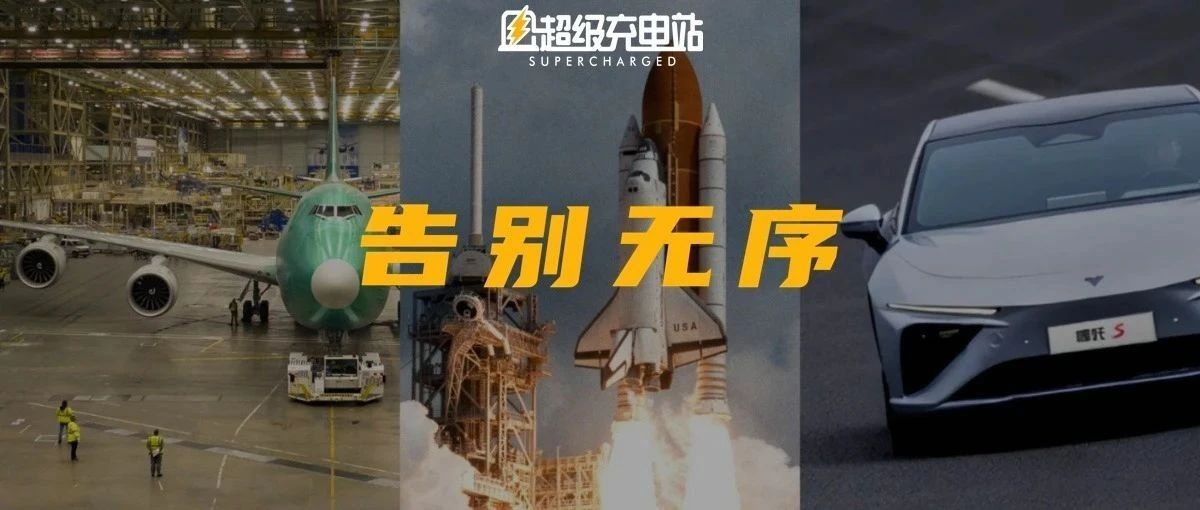Author: French Fries Fish
There used to be a list of “a hundred things to do in life”, and the one that impressed me the most was “Flying on a Boeing 747 for an intercontinental trip.” However, it may be getting more and more difficult.
On December 8, at the Everett plant in Washington, USA, with the last Boeing 747 off the production line, Boeing, the global civil aviation manufacturing giant with the reputation of “Queen of the Sky,” officially announced that the Boeing 747 model ceased production.
Coincidentally, more than ten days later, at the runway head of China’s Guangzhou Baiyun International Airport, two Airbus A380s belonging to China Southern Airlines were ready. It is currently the largest civil airliner in service worldwide. Within a quarter of an hour, they took off one after another, but the destination this time was Mojave Desert in the United States, the world’s most famous airplane graveyard. The takeoff was not for departure again, but for retiring and rest in peace. From now on, China Southern Airlines’ five A380s have completed the collective farewell, and there will be no more “air giants” in the domestic airline fleet.
When asking what similarities between these “late heroes” from different continents, one is “big.” In the early stage of design, at that time, the aviation industry was booming, and they were both exploring the upper limit of single aircraft passenger capacity. The other is four engines (quadruple), constrained by technology at that time, and four engines were the only choice to support these giants, each of which weighed four to five hundred tons.
However, as the demand educated the design, and the low passenger load factor kept the giants in a “professional chair transport” status for a long time, empty-loaded meant losses. As the aviation engine technology constantly develops, with larger thrust, higher efficiency, and lower failure rates… Faced with objective facts, the combination of dual-engine and slightly smaller models has become a common choice for aircraft manufacturers and airlines, and the progress of civil aviation has bid farewell to the blindly pursuing size and returns to reason.
 For consumers, the intuitive change brought by reason is first reflected in price. As mentioned at the beginning, the reason why someone considers “flying on a Boeing 747 to complete an intercontinental journey” as one of the “100 things to do in life” is because it is expensive and beyond reach. However, when four engines are no longer in production and two engines become mainstream, the more difficult thing is to “complete an intercontinental journey on a four-engine airplane”, while “completing an intercontinental journey by airplane” is becoming more and more accessible. Today, we only need to spend thousands of yuan to enjoy a more comfortable intercontinental flying experience, which is the charm of technological equality.
For consumers, the intuitive change brought by reason is first reflected in price. As mentioned at the beginning, the reason why someone considers “flying on a Boeing 747 to complete an intercontinental journey” as one of the “100 things to do in life” is because it is expensive and beyond reach. However, when four engines are no longer in production and two engines become mainstream, the more difficult thing is to “complete an intercontinental journey on a four-engine airplane”, while “completing an intercontinental journey by airplane” is becoming more and more accessible. Today, we only need to spend thousands of yuan to enjoy a more comfortable intercontinental flying experience, which is the charm of technological equality.

Upwards, reasonableness and equality are not limited to the stratosphere.
Outer space is where human curiosity is forever, but the high launch cost makes most people’s curiosity stop at imagination.
In order to realize free travel between heaven and earth, the United States designed and manufactured the space shuttle, trying to reduce launch costs with its reusable features. However, things did not go as planned. As a huge and complex system engineering, the maintenance and launch costs of each flight, which can reach hundreds of millions of dollars, did not bring NASA any cost-saving dividends. Two flight accidents and the sacrifice of 14 astronauts finally made NASA determined to make a change.

In July 2011, at the Kennedy Space Center in Cape Canaveral, Florida, the Atlantis Space Shuttle completed its final mission with smoke, parachute, brake, and stop, and declared the end, which was also the last mission of the entire Space Shuttle program.

Fortunately, setbacks are always difficult to stop the progress of mankind. Four years later, the private space exploration company SpaceX realized the first reusable rocket, and then SpaceX embarked on a rampage in the efficient cost reduction mode. In 2022, they completed a total of 61 rocket launch missions, achieving a double perfect score for success rate and recovery rate, with efficiency leading the world. From space shuttles to reusable rockets, cutting-edge space technology has bid farewell to imagination and returned to reason.And can reason make cost performance close to consumers again. Currently, Virgin Galactic and SpaceX have announced that they will launch hundreds of thousands of dollars-level spaceship tickets in the next one to two years. The dating between ordinary people and space is no longer distant, which is also the charm of technology equality.
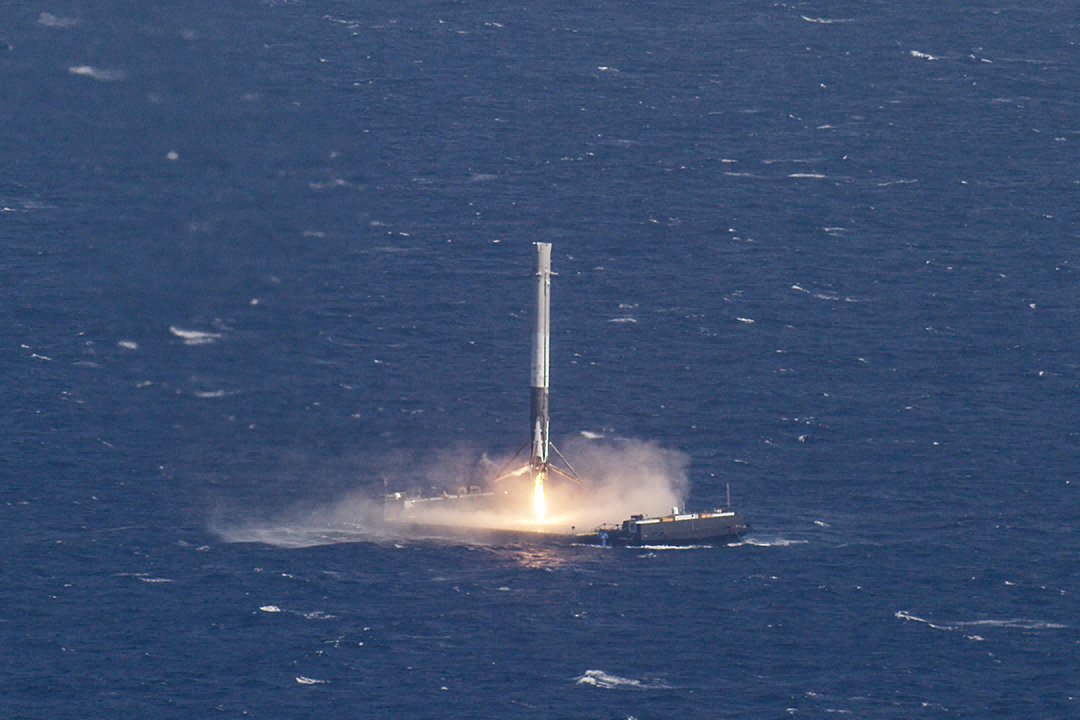
Going forward, can reason and equality also come to fruition?
People have always had many aspirations for cars. Powerful power, ultimate energy consumption, ultra-long cruising range… These single items can actually be achieved, but often require high costs, such as V12 engines, hybrid power, and extra fuel tanks… Until the advent of new energy.
This year’s new energy vehicle market is a challenging year. Epidemic, chip shortage, skyrocketing lithium prices… In the face of the high cost of large batteries and user mileage anxiety, whether it is a traditional car company or a new force, they have begun to try the “extended range” route. With more and more players joining and the increasing controversial extended range technology, there are more reasonable windows; power, energy consumption, and cruising range. People’s yearning for automotive technology also has an opportunity for equality.
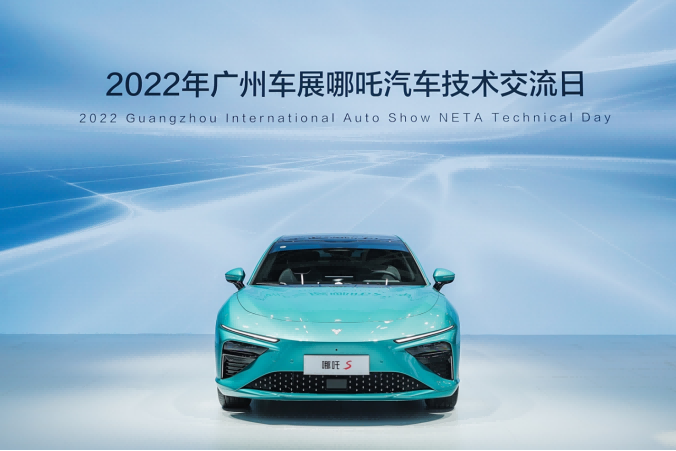
For example, the newly-released Haizhi extended range of NETA Auto, and the NETA S extended range version model highlighted at the 2022 Guangzhou Auto Show.
Backup, Make Dual Energy More Reasonable
Compared with the pure electric route, the core advantage of extended range technology is always another form of energy. This “more” not only involves integrating the energy supplement advantages of fuel vehicles into the electric vehicle technology system but also indicates backup.
From an energy perspective, as a model with coexisting oil and electricity systems, most of the current extended-range models can only walk on one leg. When the battery is fully charged, the vehicle can completely ignore the engine status, even if the fuel tank is empty, it will not affect the normal driving of the vehicle; when the conditions are reversed, the fuel tank is full and the battery is empty. Although according to the strategies of various manufacturers, this situation will not occur, but if there is a fault in the extended-range vehicle power battery pack, even if the engine is intact and the fuel is sufficient, sorry, you cannot drive. Is this reasonable?
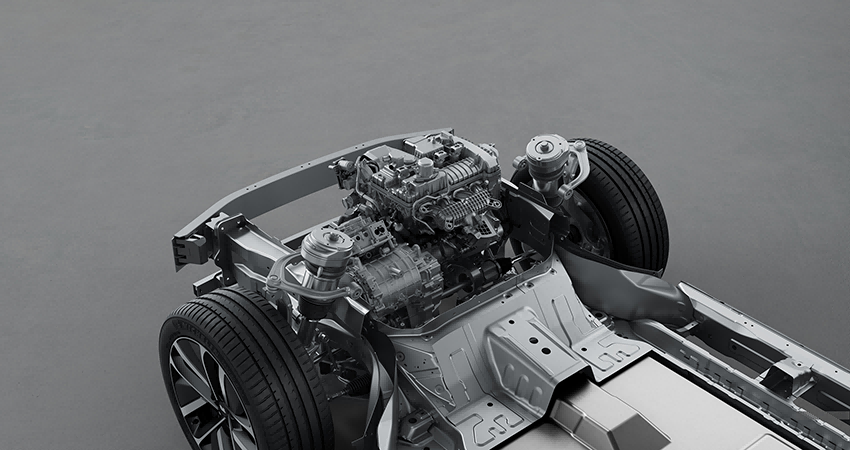
This is determined by the inherent principle of the range extender. Students who pay attention to new energy technology may know that the range extender is also called series-connected. As the name suggests, the energy inside the car will eventually be connected in the form of electricity, linking the engine, motor, power battery and other components in series. And the electric energy under series connection is not simply going where we want it to go. It has a natural operating law, which we can imagine as a set of hydraulic systems. The engine is the water pump responsible for pumping water; the power battery is the water tank responsible for storing water; the motor is the outlet responsible for using water; and the cables connecting these components are the water pipes responsible for conveying water. When there is a leak in the water tank or water pipes, even if the water pump is still working normally according to the design, the water is still difficult to reach the outlet, the same goes for electricity.
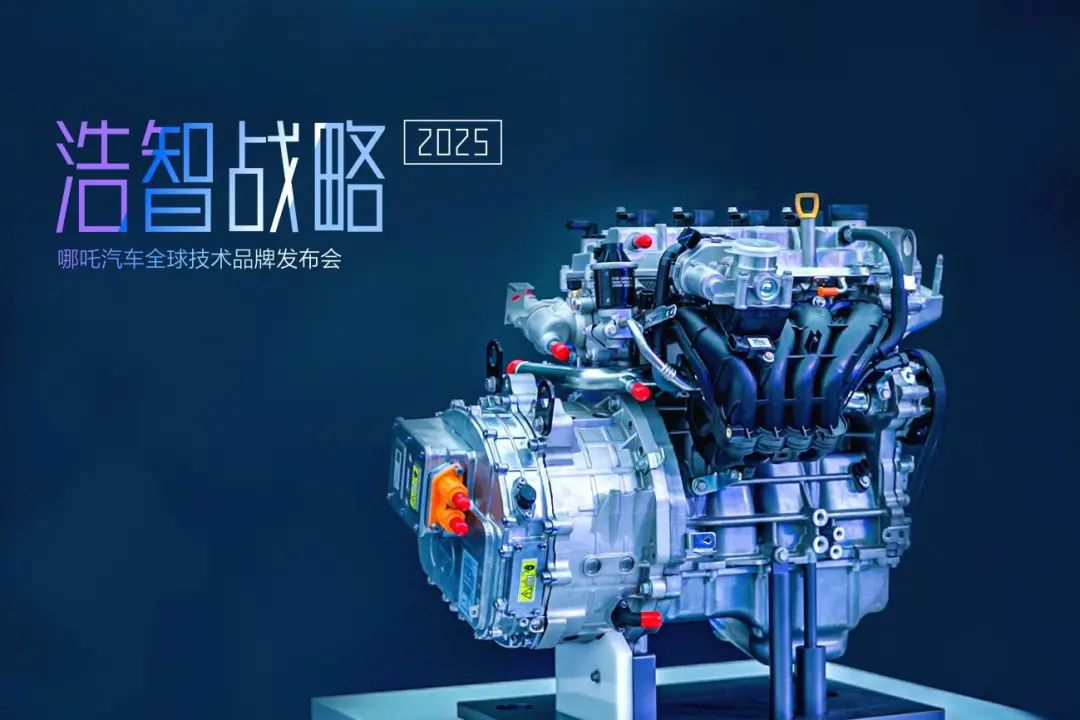
But the Haoyun range extender of NETA claims that it can “walk on two legs”.
The Haoyun range extender provides four operating modes:
Pure electric mode: When the electric quantity is sufficient, it can meet the demand for pure electric vehicle driving, and meet the requirements of city daily use vehicles.
Range extender + battery drive: When accelerating rapidly or uphill, it meets the requirements of high-power driving of the car and long-distance driving.
Range extender drive + battery charging: When the battery is low, it ensures that the vehicle battery does not decrease when it is at the lowest state.
Safety guard mode: When the electric quantity is severely insufficient or there are special conditions such as extreme low temperature, power battery charging and discharging failure, the range extender can work alone, directly providing electricity to the motor to ensure the minimum travel needs of users.

The first three are the daily operations of the range extender, while the last one is called “original” and is also the “other leg” NETA mentioned- even if the “electric” leg is injured, the “oil” leg can still make the car limp away. It’s not that NETA really has magical powers to make the flow of electricity obedient, but that NETA has considered the just-improved driving scenarios and added a new route between the motor and the range extender.
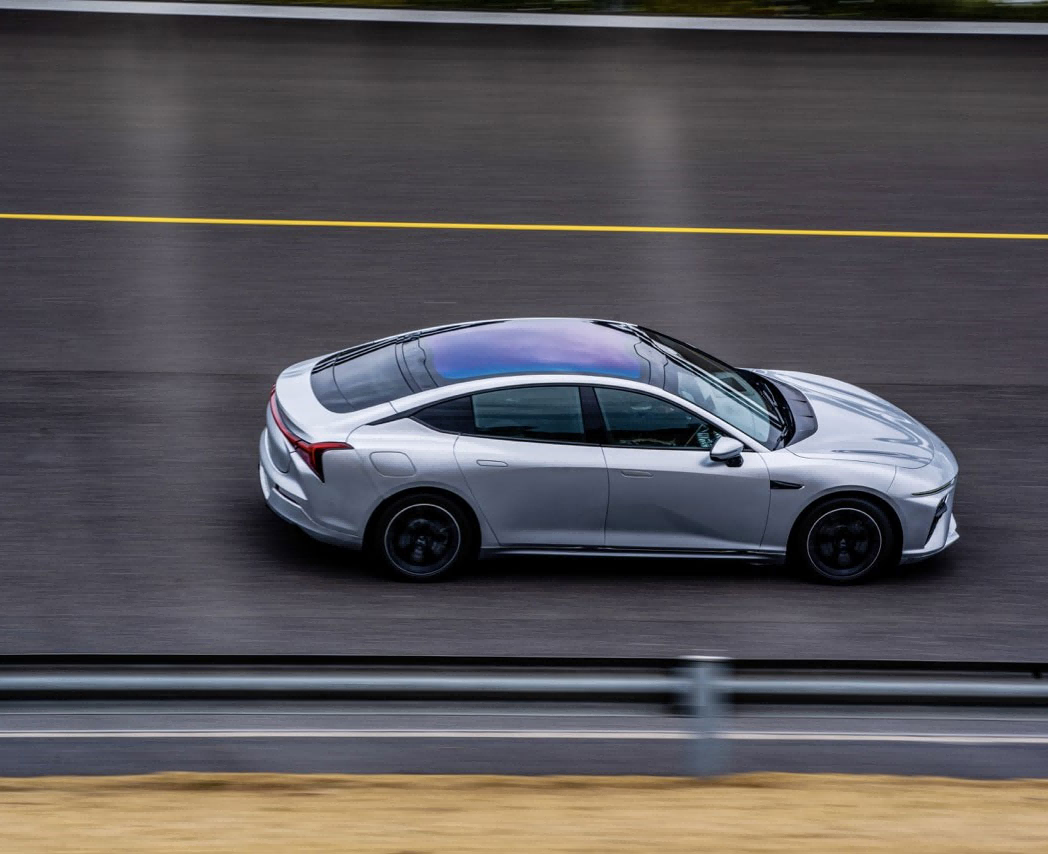
It is NETA’s control over costs that makes improvement and change more meaningful. One of the main reasons why the extended-range models need to work with power batteries and range extenders is that the output of the motor will fluctuate in real time according to different road conditions and power demands. A typical range extender can’t respond quickly, and in order to pursue low fuel consumption, the range extender is more inclined to operate in a stable working state. At this point, the power battery can play a role of energy transfer buffer between the motor and range extender.
However, NETA did not provide an extra battery for the “safety guardian” mode. Instead, it used software algorithms to predict and respond to the power demand of the motor and adjust the output power of the range extender in a timely manner to achieve vehicle driving.
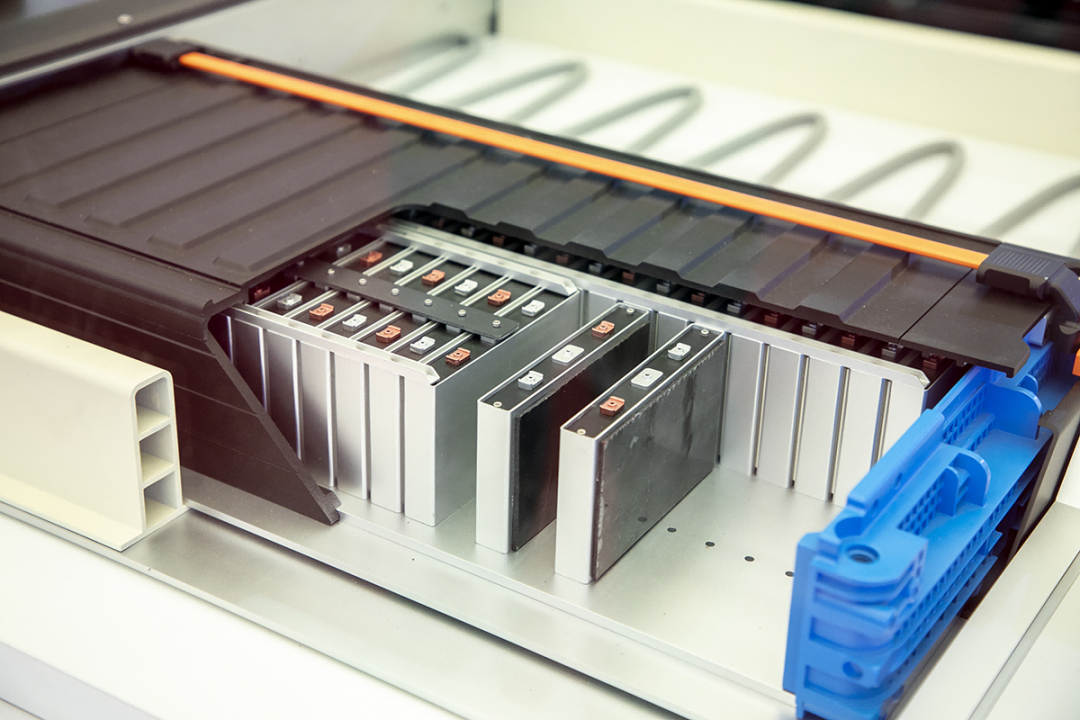
No new components mean no new costs. This fits well with the meaning of the extended-range, as it bears some of the cost reduction missions compared to pure electric models.
Combining software and hardware to make costs more reasonable
In the era of new energy, NETA has a slogan “Technology Equality”. And one of the big cores of “equality” is cost, or cost-effectiveness.
Realizing new functions in the “safety guardian” mode without adding new parts is cost-effective, and integrated design to achieve component simplification is even more cost-effective.
Let us focus on the range extender. Simply put, the engine drives the generator to convert the chemical energy of fuel into rotating mechanical energy, which is finally converted into electric energy. However, the simple word “driving” in the mechanical structure often means a bunch of components.
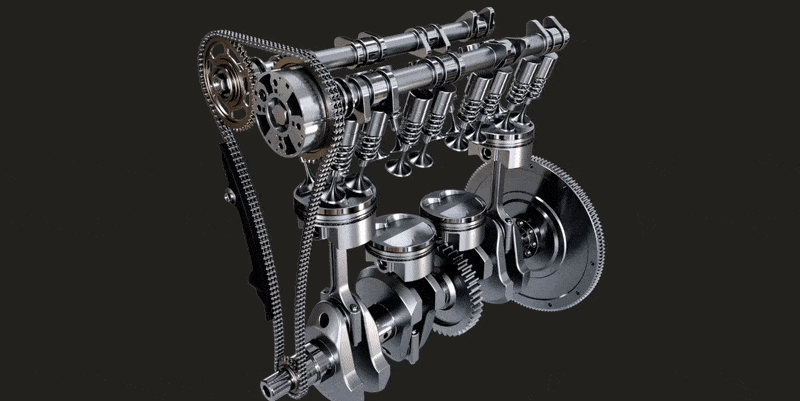
Can we simplify the necessary structure now? NETA said it has three tricks to try.
The first trick was to cut on the transmission structure. In the already released Haoshi High Efficiency 3-in-1 Range Extender, NETA eliminated the flywheel and integrated the rotor with the flywheel. And the story of the rotor, there is more to come from NETA. In order to more efficiently transmit the rotating mechanical energy of the engine to the generator, NETA removed the connecting mechanism and gear and used a “one-step” approach to replace the transmission-they directly connected the rotor to the engine crankshaft, thereby removing the efficiency differential of the transmission intermediary. At the same time, the bearing shaft system of the generator was also removed.The second axe, NETA targets electrification. NETA has integrated the generator and engine control unit GCU in its design, and the most intuitive benefit of electrification is to eliminate some high-voltage plugs and wiring harnesses. On the one hand, fewer components mean lower material costs; on the other hand, fewer connectors and wiring harnesses also mean a lower probability of poor contact.
The third axe, NETA targets engine accessories. To meet the requirements for particle emissions in the emission regulations, the simplest method applied in the industry is to add a GPF particle trap to the engine, but Haozhi Zengcheng chose not to use GPF. Their official website’s configuration table indicating “National 6B” emission standards also made us curious about NETA’s technical reserves in the direction of internal combustion engines since the only option without GPF is to optimize the combustion structure, which is clearly achieved by NETA.
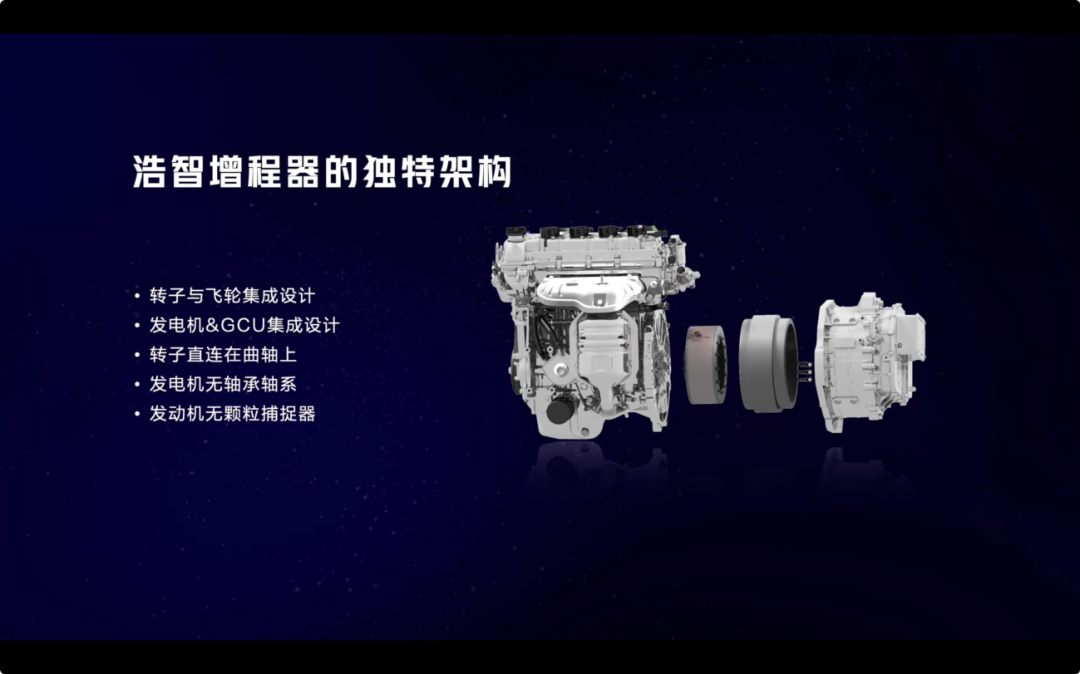
Part simplification achieved from the design end will ultimately be reflected in the cost. According to the data provided by NETA, the “cancellation” of these parts has reduced the cost of Haozhi Zengcheng by 10%.
If these hardware optimizations achieve a reduction in manufacturing costs, the layout of software strategies will then target usage costs for efficiency.
The Haozhi high-efficiency three-in-one range extender can achieve a “pre-energy-saving” mode. The so-called “pre-” is based on intelligent predictive energy management of people, cars and roads. To elaborate, the NETA S can intelligently adjust the proportion of electric and fuel drive based on the vehicle’s multidimensional status information, such as road conditions, speed, slope, and remaining mileage, while overlaying daily driving habits and itinerary planning, thus achieving the optimal comprehensive energy consumption under dual power conditions of oil and electricity.

The optimal comprehensive energy consumption landing on the application level, what users care about is whether it saves money or not. In terms of the economics of range-extenders, oil and electricity are complementary. If oil’s efficiency principle is to save fuel, then electricity’s economic secret lies in pure electric endurance.The NAZHA S extended-range model is equipped with a battery pack of nearly 44kWh, which is currently in the absolute first tier of the extended-range market. Even in the face of large SUVs, the NAZHA S extended-range model remains undaunted with its large battery and energy-saving electric drive, resulting in a pure electric range of 310km which sets a record for the largest pure electric range among extended-range models in the market.

When an extended-range vehicle’s pure electric range exceeds 300km, even in first-tier cities such as Beijing, Shanghai, and Guangzhou, the NAZHA S extended-range model’s pure electric range can cover a week’s complete commuting needs, even with a 60km round-trip commute every day. The urban scenario is still the most frequently used scenario for users, and when more than 90% of the driving is accomplished in pure electric mode, even a low electricity fee of 0.5 RMB per kWh will be the user’s greatest comfort in terms of operating costs.
Volume makes adaptation more reasonable
Apart from cost, the waves of “cancellation” are still going on, and then it collided with volume.
In the past, the extended-range system was often exclusive to SUVs, MPVs and other large-space vehicle models. After all, compared with electric vehicle models, the engine, generator, and their accompanying equipment are lumped together into a solid space requirement. However, due to the difference in height between vehicle models, the front cabin space of a sedan model is naturally shorter than an SUV, and it is naturally difficult to find enough space to accommodate the extended-range system components.

Especially for the NAZHA S, which pursues a low profile sports car design, the space under the hood is already cramped, and the NAZHA S even chooses the larger double-wishbone front suspension. However, NAZHA still managed to squeeze a complete set of Haohua extended-range into the front cabin of the NAZHA S. Of course, this is not some black technology of foldable space, NAZHA just pushed “small” a little further forward.

With a series of integration and cancellation, the Hozon range extender assembly, integrating engine, generator and generator controller, measures at 758.7 × 513.7 × 606.8mm in length, width and height. For the people who aren’t familiar with this type of data, comparison is more intuitive. Compared with similar range extenders on the market, the Hozon range extender is 5-10% smaller, also making it the range extender with the highest integration and most flexible layout requirements.

The downsized range extender is not only suitable for sports car models like the NIO ES6, but also allows for imagination to be applied to smaller, compact car models. Since range extenders are designed to bypass the non-efficient range of engines, it inherently contains energy-saving genes. When it comes to energy-saving, smaller vehicles have an obvious advantage.
Meanwhile, NIO’s range extender roadmap has already begun.
At present, the Hozon range extender has mass-produced the HZ1.0 version. This assembly is a 1.5L high-efficiency three-in-one range extender that can achieve a rated power of 40kW at 3,500 rpm and a fuel-to-electric conversion efficiency ratio of 3.05 kWh/L. In the future, advanced Atkinson Cycle, high-flow intake ports, partitioned thermal management, homogeneous combustion, highly efficient superchargers, exhaust heat recovery and SiC controllers will continue to emerge. The Hozon HZ2.0 will achieve a rated power of 55kW at 5,500 rpm on the current 1.5L engine, while the HZ3.0 will push the rated power at the same displacement and the same speed to 115kW.

At present, we can hardly believe that NIO has not thoroughly thought about the essence of range extender technology. Lower cost, smaller size, and higher efficiency. From the final effects, NIO’s ambition may be to extinguish people’s controversy over range extenders, or it may be to use range extenders as a means of popularizing new energy vehicles and making the charm of electric drive more accessible.However, regardless of the type, NETA is making the range extender more reasonable, and Haozhi range extender may be the most reasonable range extender system currently designed.
If you are considering buying a new energy vehicle and you have a condition filter in front of you, when we check the “real 0 range anxiety”, check the “sedan”, check the “310km pure electric range”, check the “one more energy backup guarantee”, and the most important “quality-price ratio”, the only remaining NETA S range extender model can probably guarantee our daily life of “saving where it should be saved and spending where it should be spent”, and also endow us with the freedom to “leave whenever we want”.
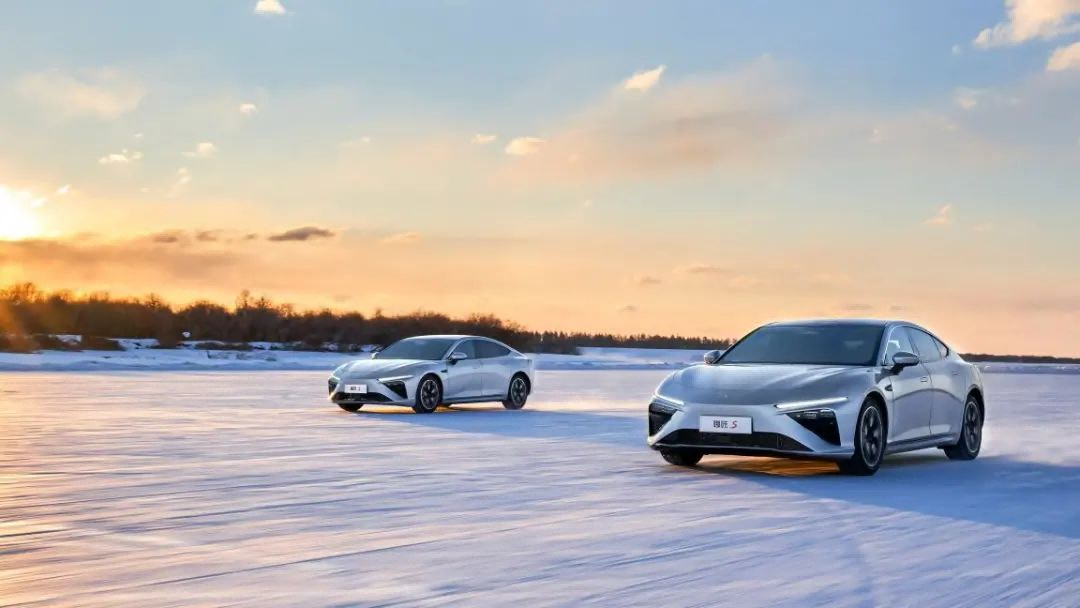
It’s not just range extender technology. In the intelligent cockpit, we previously experienced that the coverage rate of “visible and speakable” of NETA S exceeded 99%, and the 1216W 7.1.4 sky-surround sound effect had great potential to advance; in intelligent driving, a few days ago, the which CEO Zhang Yong experienced the NETA S NNP high-speed navigation assistance and FAPA fusion automatic parking, which also makes people begin to expect the stage results of NETA’s “self-developed intelligent driving full-stack”.
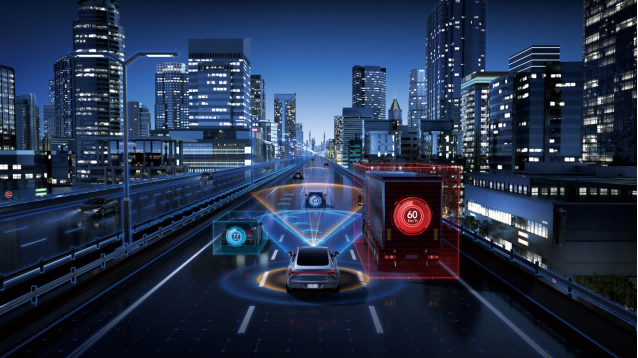
Don’t forget the phrase “technological equity”. Technology will eventually present itself in a more correct form.
Also, don’t forget that this world will eventually become more reasonable. This is true for airplanes, rockets, new energy vehicles, and range extenders.
-END-
This article is a translation by ChatGPT of a Chinese report from 42HOW. If you have any questions about it, please email bd@42how.com.
